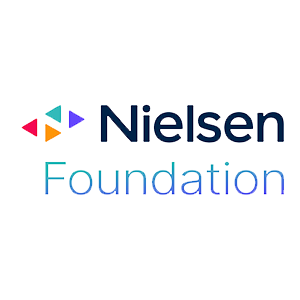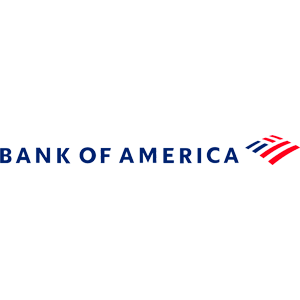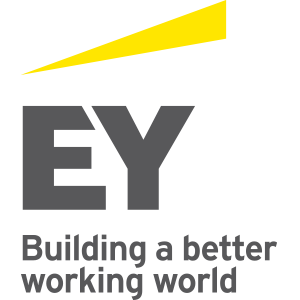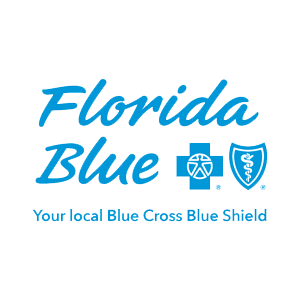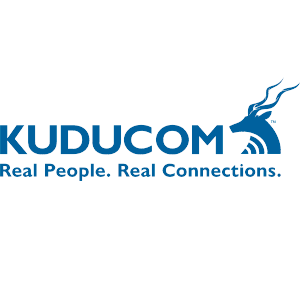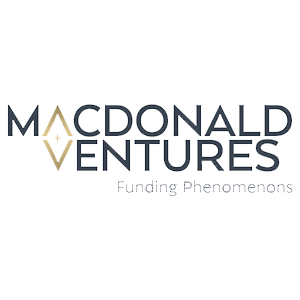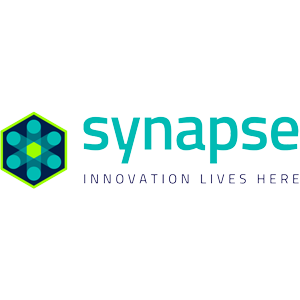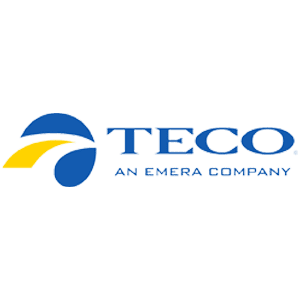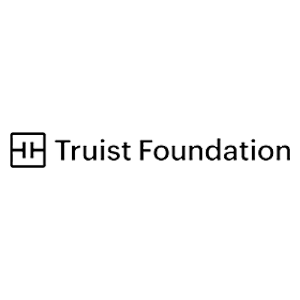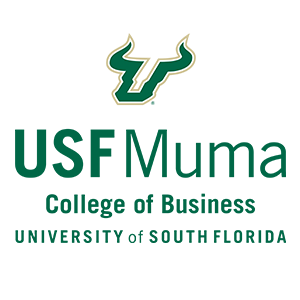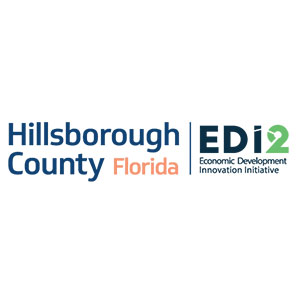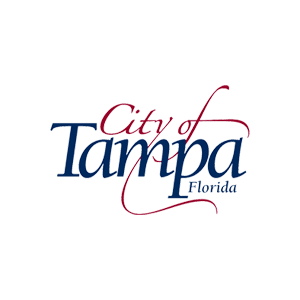Debunking 5 Myths About SBA Loans
By: Garrett VonEye, First Vice President, SBA BDO, Team Lead at Valley Bank.
A Small Business Administration loan can be an extremely effective way for a small business to fund its growth, yet many small business owners never consider SBA lending because of misconceptions they have about the process. I’m here to debunk some of these common myths, so more small business owners can start thinking about SBA lending as a viable option to help them take their businesses to the next level.
Myth #1 – It’s too hard to qualify.
An SBA loan isn’t all that different from a standard bank loan, except it carries the backing of the Small Business Administration, which allows the lender to make loans that might not meet all conventional criteria. Because the loan carries this backing, an SBA loan can be a good option if you have a new business, have minimal liquidity or are light on collateral.
Collateral is something a bank typically prefers to have, especially for a loan to a startup, but there can be ways to address this creatively. For example, Evolve Personal Health in Tampa is a business that’s introducing an unusual model for providing healthcare – one that operates outside of insurance companies. In its case, the real estate the company purchased with an SBA loan served as the collateral for the loan. The bank will want to review your financial information, and approval is largely based on the borrower’s cash flow and ability to pay back the debt. You’ll have to
provide your company’s financial history and your personal financial statement and credit score. Even as a newer business, Evolve was able to show it would have solid cash flow. The subscription service model it follows, similar to a gym membership,
provides recurring revenue each month, and that type of consistent cash flow is appealing to a bank.
Myth #2 – Getting an SBA loan is too complicated.
It sounds like a lot of information has to be provided, but that isn’t only the case with SBA loans; this is true for any loan. It’s important to work with a banker who is well-versed in the SBA rules and regulations and can walk you through each step. There are also resources available like SCORE and small business development centers for first-time commercial borrowers who may need help putting together a business plan or getting their financials together.
Myth #3 – The SBA loan process takes too long.
This used to be true, but the program has changed drastically over the last 10 years, and now we are able to move through the loan process pretty quickly. The length of time in the process also depends on how motivated the borrower is to get it done. We’ve had some deals close in 30 days, while some take much longer, but the average is around 60 days. To move things along quickly, it’s important to provide the bank with the necessary financials and completed forms in a timely manner.
Myth #4 – SBA loans are too restrictive on how the money can be used.
An SBA loan can be used for any business-related purpose, like hiring new employees, purchasing inventory or equipment, acquiring a new building or even consolidating debt. The only restriction is one that prohibits using an SBA loan for buying investment property like an apartment complex.
As an example of how SBA loans can be used, Brooke Evans, CEO of CFO
Alliance in Tampa grew her company to a point where she could qualify for an SBA loan. She was able to use the funds strategically to hire new employees, and having the right team in place gave Evans the bandwidth to get more clients and grow her business even more.
Myth #5 – SBA loans don’t provide enough money to finance major projects.
Both SBA 7(a) loans and SBA 504 loans carry a maximum of $5 million each,
and borrowers can obtain more than one SBA loan at a time, as long as they
qualify for each loan individually. Tampa Bay Brewing Company is an example of a business that used two SBA loans simultaneously to expand its business. The owners obtained an SBA 504 loan to purchase property for its second location and build a new brewing operation and restaurant space. The second loan, an SBA 7(a) loan, was used for several other purposes, including working capital and purchasing new equipment. Now that I have busted some of the myths about SBA loans, are you ready to get started? Your first step is to have an idea of what you’ll use the funds for and how much you’ll need. Then it’s time to call a qualified SBA banker to help you start the application process.
